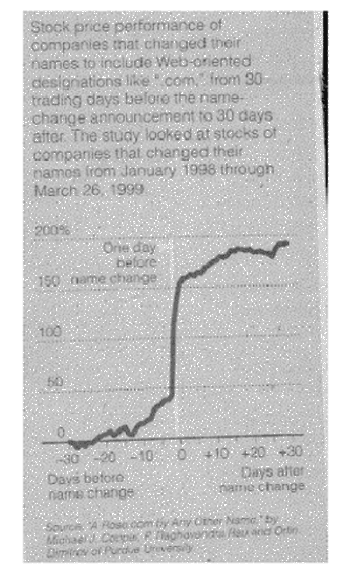
Experimental Studies of Rationality
While most experimental studies suggest that traders are rational, there are some examples of irrational behavior in some of these studies.
One such study was done at the University of Arizona. In an experimental study, traders were told that a payout would be declared after each trading day, determined randomly from four possibilities - zero, eight, 28 or 60 cents. The average payout was 24 cents. Thus the share's expected value on the first trading day of a fifteen day experiment was $3.60 (24*15), the second day was $3.36 .... The traders were allowed to trade each day. The results of 60 such experiments is summarized in the following graph.
Trading Price by Trading Day

Results of Experimental Study
There is clear evidence here of a 'speculative bubble' forming during periods 3 to 5, where prices exceed expected values significantly,
The bubble ultimately bursts, and prices approach expected value by the end of the period.
If this is feasible in a simple market, where every investor obtains the same information, it is clearly feasible in real financial markets, where there is much more differential information and much greater uncertainty about expected value.
Some of the experiments were run with students, and some with Tucson businessmen, with 'real world' experience. The results were similar for both groups.
Furthermore, when price curbs of 15 cents were introduced, the booms lasted even longer because traders knew that prices would not fall by more than 15 cents in a period. Thus, the notion that price limits can control speculative bubbles seems misguided.
A Real Bubble?

Prof. Aswath Damodaran
Next: Markets overreact: The Contrarian Indicators
Summary: Index